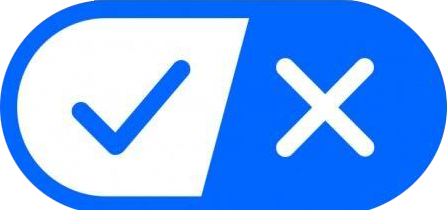Exercise and Stimulate Your Puppy
By 6 months you have probably witnessed what we call “The Puppy Craze”! Your precious little pup will be calm and sleepy one minute, and will suddenly flip a switch to level insanity. Your puppy will run around the living room in circles, bouncing up and down on furniture and act more or less like a lunatic for a good 5 minutes. Don’t sweat it, your puppy is not possessed.
The puppy craze is normal and healthy; it provides a quick energy release as a response to all of the puppy energy bottled up inside. But that little burst of excitement doesn’t constitute the day's exercise. By 6 months you should be taking your puppy on long walks, running in the park or playing fetch at least once every day.

As your pup grows up into puppy adolescence it is extremely crucial to provide exercise and stimulation on a daily basis. Behavioral problems such as chewing, digging and barking often begin to occur at this age (roughly 6-10 months) and the most effective way to stem these negative behaviors is by providing adequate physical and mental stimulation. If you don’t have time to take your pup to the park or on long walks, consider enrolling in puppy daycare to get that energy released while you are working. Remember, a tired pup is a good pup!
Mental Stimulation is Key
Providing outlets for mental energy such as advanced puppy training is just as important as outlets for physical energy. Try to practice new training skills a few times a day in 3-5 minute sessions. Teach a new behavior every week to keep things exciting!
Have your puppy ‘work’ for meals by feeding kibble or treats from a food dispensing toy. Your pup is becoming a better problem solver, so provide him with more challenging chew toys to show off his smarts and burn some steam figuring them out.
Have you tried PupBox? Each month we send your puppy a customized box of products and training information. At this age our boxes include lots of interactive chew toys!
Keep’em Pretty Grooming BasicsAn Introduction to Puppy Grooming
Your puppy's nails, teeth, and coat all require attention. Life will be a lot easier if your pup starts enjoying grooming when young. Ease your puppy into grooming with sessions that are short, and always pair grooming with treats and chew toys. Here are a couple of tips to get you on the right path to pampering your pup.

A New Do For Your Pup
Ease your puppy into a brushing routine. Start with a warm washcloth. Give your pup a treat and then gently wipe his coat on the least sensitive body part, this is usually their back. Repeat and gradually work towards their head, paws and tail.
As your pup gets comfortable with the process you can begin to introduce a soft bristled brush. Regular brushing sessions is essential to remove loose hair and dandruff, and should be a regular exercise for even short haired pups.

Puppy Bath Time!
Typically a bath every 4-5 weeks will do. However young puppies should have more frequent practice sessions, which will allow your pup an opportunity to get used to the process.
Start with just an inch or two of warm water, and have your pup practice standing calmly while you use a washcloth to gently wipe their body. Intermittently reward him with tiny treats. As your 6-month puppy get’s used to this, start to add more water and a gentle puppy shampoo to the mix.

Pawdicure
You may choose to have a professional perform nail clippings in the future, but you should prepare your pup for the process early. Gently touch his paws and nails followed by a reward. Gradually increase the length of time you hold his paw before giving a treat.
Start to introduce the clippers by touching them to your pup’s paw and rewarding. When you feel confident that your pup isn’t afraid, try clipping the tiniest bit of a nail. Practice this often and keep sessions short and pleasant.
An Introduction to Loose Leash Walking Your Puppy
By now I expect you have been taking your pup out of the house and showing him off to the town. It is a good idea to start on leash training your puppy at a young age. If you have a large breed dog, by the time you hit the 6 months mark, your pup has enough size and weight to walk you.
Walking nicely on leash means the leash is slack, your pup checks in with you on a regular basis, changes pace with you and stops when you do. The process is really simple but requires a lot of practice and lots of rewards. The more you practice leash skills with your pup the easier it will become. You may see setbacks as you introduce distractions on the street or in the park, but remain consistent and stay positive!
Download our Ultimate Guide to Loose Leash walking below. It breaks down a step by step process to teach your pup polite leash skills.

